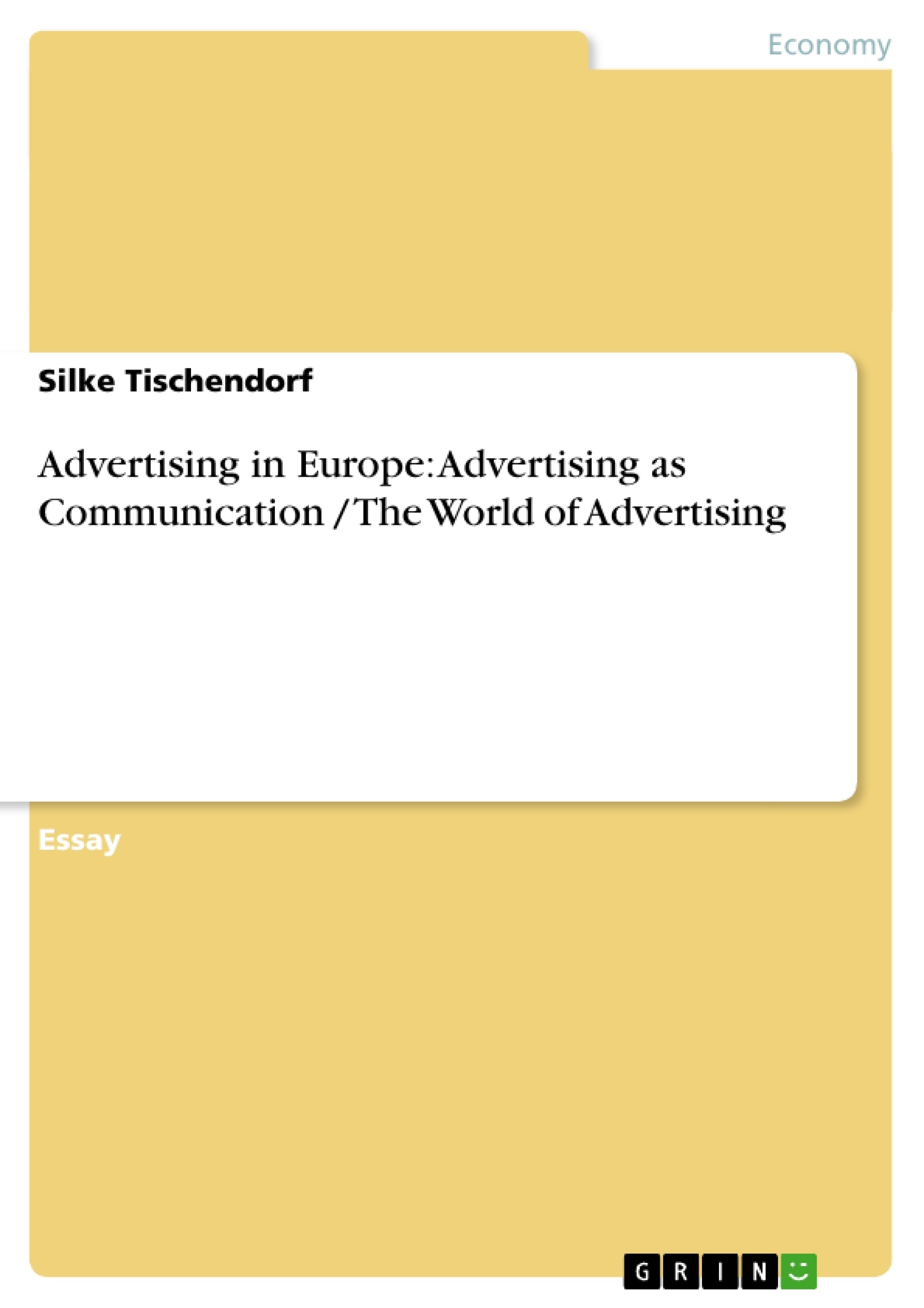For many years, beauty has been used as a marketing and advertising tool. In this essay I
would like to explore the meaning and use of beauty in advertising, what the aesthetic
function of advertising means and how it is related to the persuasive function and the
perlocutionary effect.
Advertising uses beauty as a communication tool to increase interest in a company’s
product or service through making it aspirational. The prevalence of attractive models in
advertising testifies to the general belief concerning their efficacy as a vehicle of
promotion. Attractive models might be effective in altering individual’s impressions of
products. Beauty can infer personal characteristics, abilities and motivations which can
support the promotion of various products.
The aesthetic criteria remain centrally relevant to many advertising decisions. Many
products have aesthetic components, most often by conscious design. In fact, countless
products are differentiated from others only on the basis of aesthetic criteria. This implies
that aesthetic elements form important dimensions for information processing and
attitude formation. Sometimes aesthetic motives may dominate, or even overwhelm
utilitarian motives, meaning that sometimes aesthetic attributes may be determining
factors in consumer choice.
Beauty in terms of advertising is defined by adjectives such as attractive, good-looking,
classy, sexy, elegant and pretty. Things are perceived to be beautiful depends on the
person you ask, because judgment of beauty is non-cognitive and is the pure feeling of
the observer (‘beauty lies in the eye of the beholder’). If somebody thinks that the product
or person in the ad has features that fit my sense of beauty then this could lead to the
perlocutionary effect. [...]
Inhaltsverzeichnis (Table of Contents)
- Section One - Advertising as Communication
- Does beauty really persuade people to buy?
- Section Two The World of Advertising
- Essential skills for advertisers or people working in the advertising industry
Zielsetzung und Themenschwerpunkte (Objectives and Key Themes)
This essay explores the role of beauty in advertising, examining its aesthetic function and its relationship to persuasion and the perlocutionary effect. It investigates how beauty is used as a communication tool to enhance product desirability and generate consumer interest.
- The use of beauty in advertising as a communication tool to increase product appeal.
- The relationship between beauty and the persuasive function of advertising.
- The perlocutionary effect and its influence on consumer behavior.
- The connection between aesthetics and consumer choice.
- The potential negative effects of using beauty in advertising, particularly regarding consumer self-perception.
Zusammenfassung der Kapitel (Chapter Summaries)
- Section One - Advertising as Communication: This section delves into the concept of beauty as a communication tool in advertising. It examines the aesthetic function of advertising, its connection to persuasive tactics, and the impact on consumer behavior, particularly the perlocutionary effect. The essay discusses how beauty can be used to create aspirational desires and influence perceptions of products.
- Does beauty really persuade people to buy?: This chapter focuses on the effectiveness of using beauty in advertising to influence purchase decisions. It explores the cliché of "what is beautiful is good" and its application in advertising strategies. The essay also examines the role of beauty in different sectors, such as consumer goods and industrial products, highlighting the distinction between emotional and rational appeals. The chapter further discusses the potential for beauty to have negative impacts on consumer self-perception and the importance of considering factors beyond aesthetics in purchase decisions.
Schlüsselwörter (Keywords)
Beauty, advertising, aesthetics, persuasion, perlocutionary effect, consumer behavior, aspirational, product appeal, communication, self-perception, consumer choice, emotional appeal, rational appeal.
- Quote paper
- Silke Tischendorf (Author), 2003, Advertising in Europe: Advertising as Communication / The World of Advertising, Munich, GRIN Verlag, https://www.grin.com/document/16373



